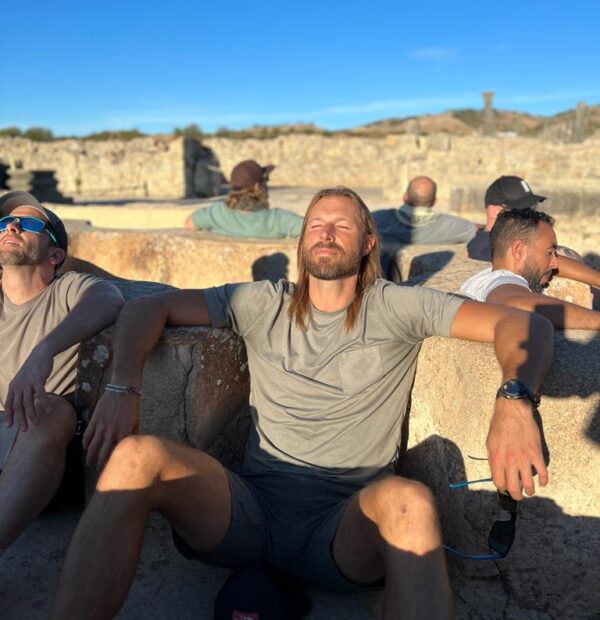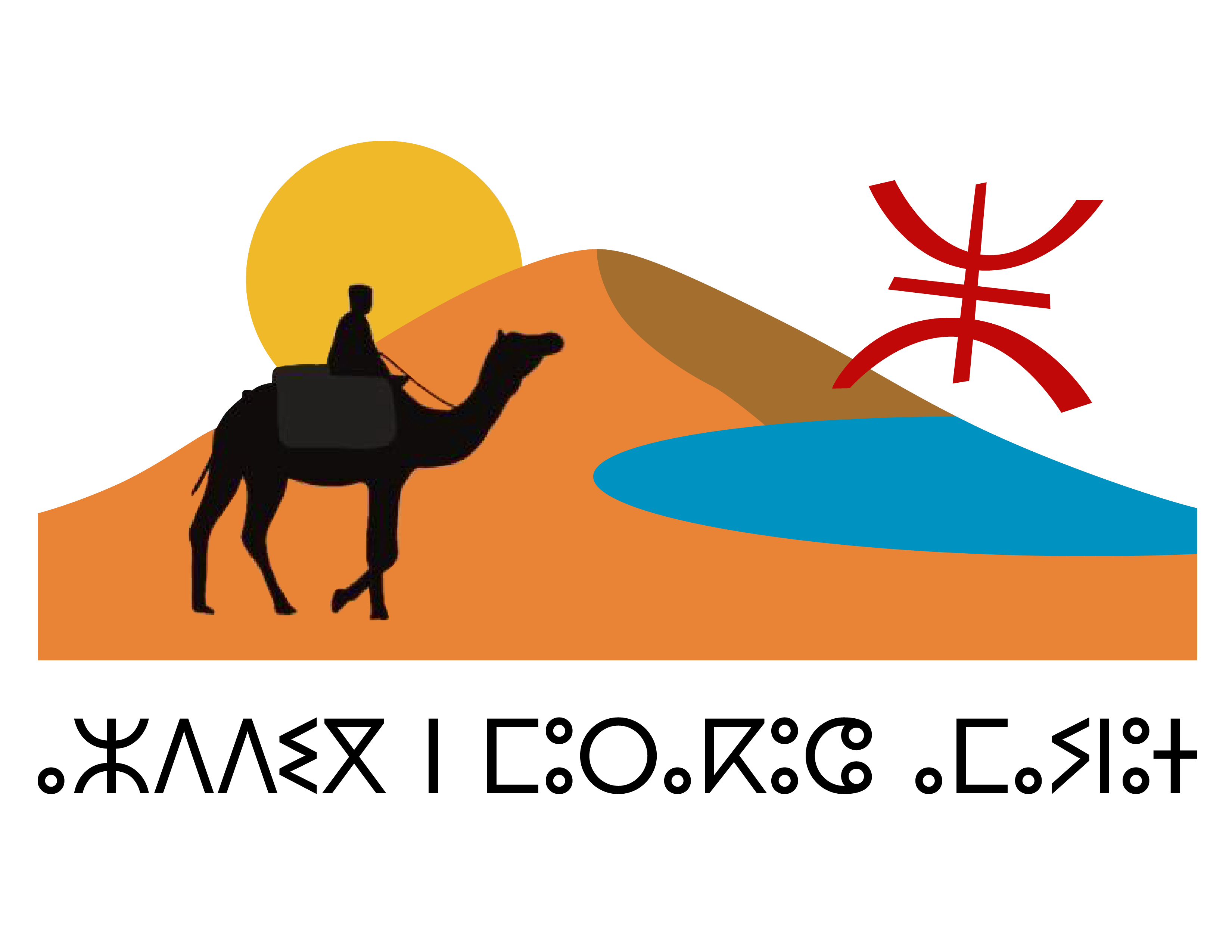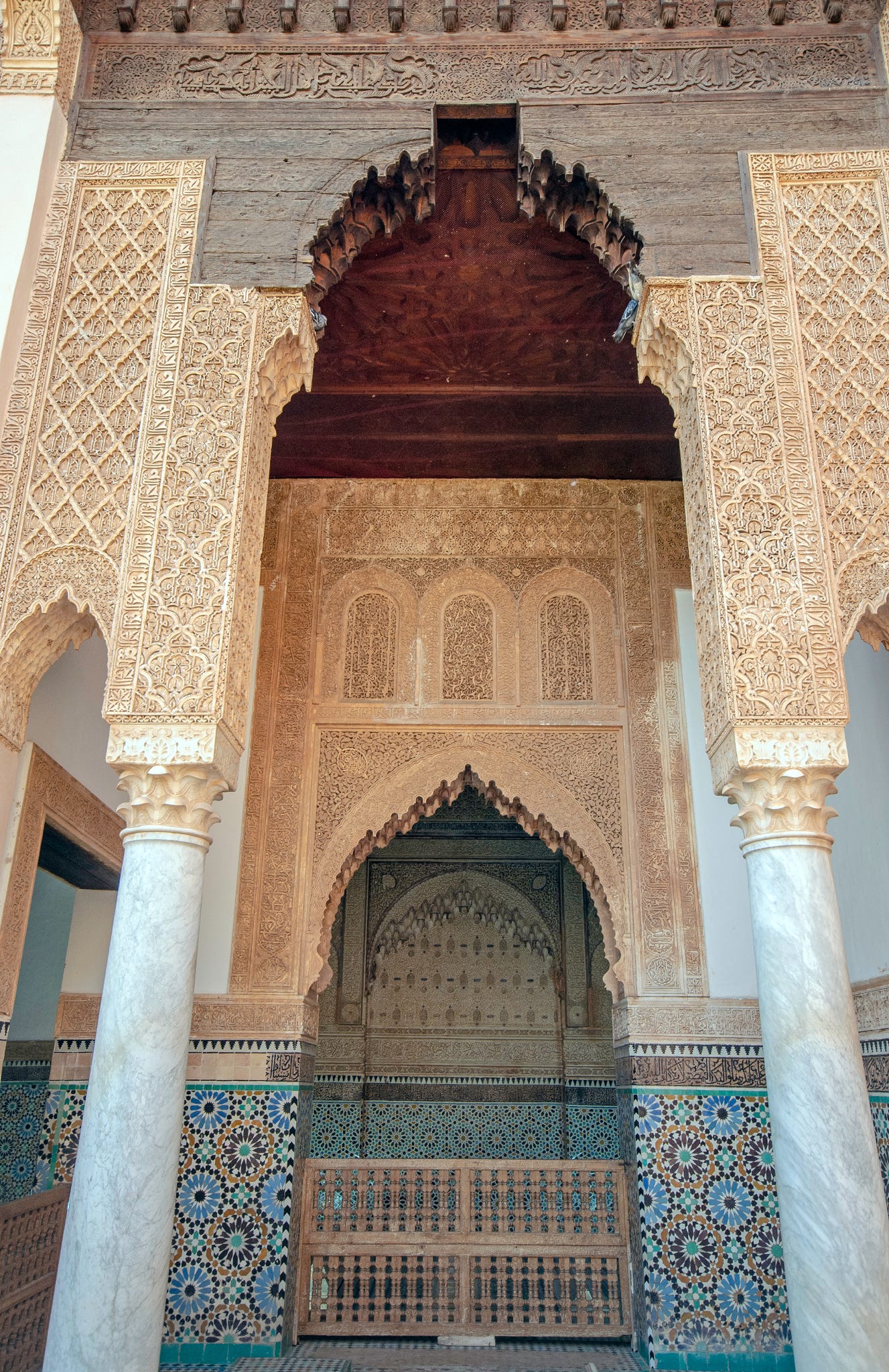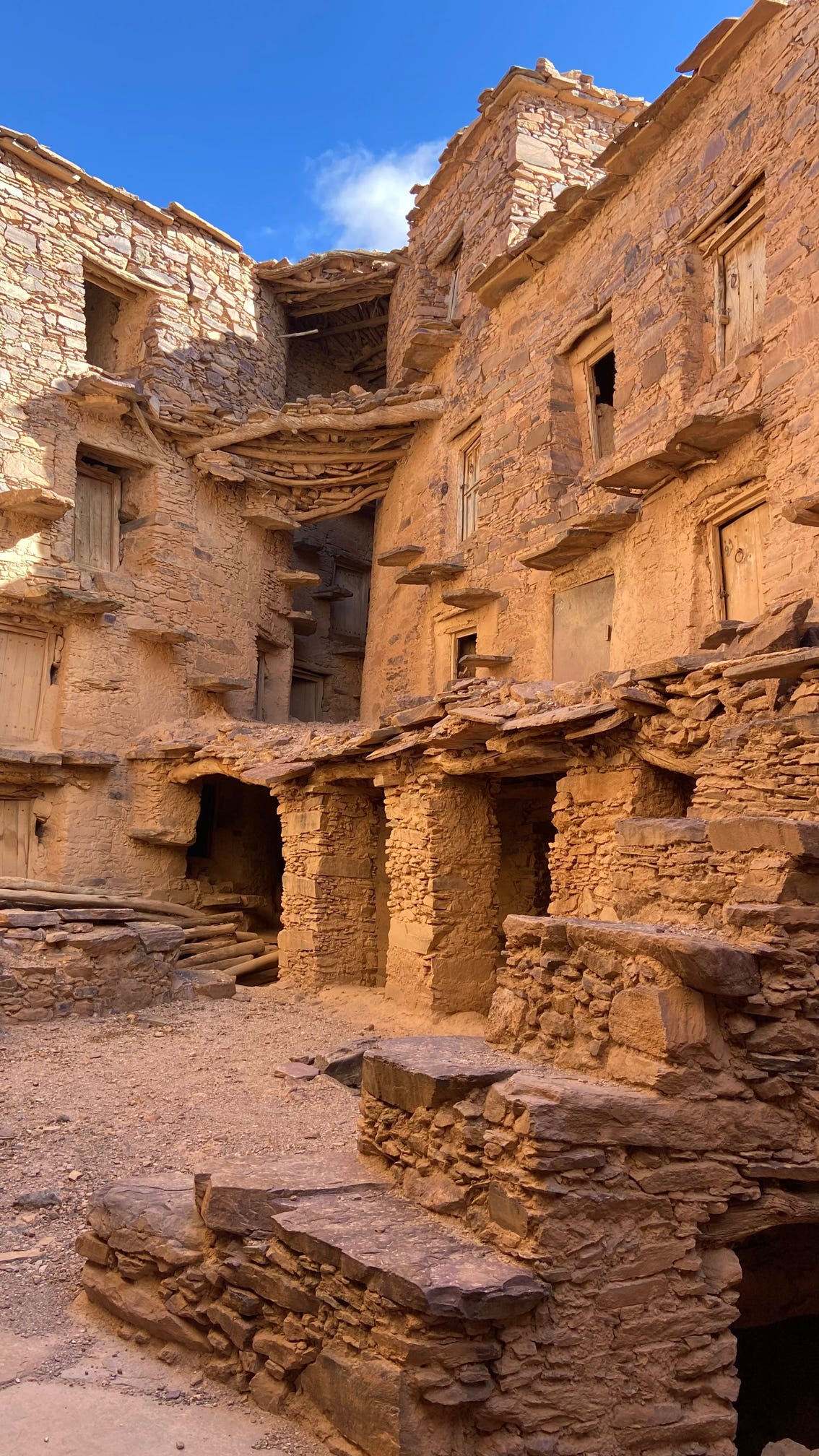
A Blissful, Revitalising Trip to the Moroccan Hammam: Life Changing!
An Experience Like No Other
A trip to Morocco is simply not complete without visiting a traditional local Moroccan hammam. Forget the your hotel—while those may be luxurious, they don’t compare to the raw, authentic experience of getting Moroccan naked with the locals. It’s not just a bath; it’s a centuries-old ritual that combines relaxation, deep cleansing, and social bonding.
A Tradition Rooted in History
Moroccan hammams trace their origins back over 2,000 years to the bathhouses of the Roman Empire. You can still find Roman hammam ruins today, with Volubilis being one of the most famous sites, dating back to the 3rd century.
They have long been a necessity, as traditional homes didn’t always have bathrooms. They have become a weekly ritual, deeply embedded in Moroccan culture. Another reason for their popularity is their religious significance—water is a symbol of purity in Islam, and many hammams are conveniently located next to mosques.
All that’s needed for the hammam experience? A good supply of water and plenty of wood to keep the steam rooms hot and inviting.
Step into Another World
Visiting a hammam is like stepping into a different place where time slows down, and before you know it, hours have passed. It’s a social affair, often enjoyed with family and friends, where locals catch up on gossip while indulging in a thorough cleanse.
Many brides visit the hammam with friends before their wedding for a special cleansing ritual.
What to Expect
1. Booking Your Experience
- Buy your entry ticket and black soap from a nearby shop.
- Choose whether to scrub yourself or pay for the services of a kessala (a professional dead skin scrubber).
2. The Scrubbing Experience
- If you opt for a scrub, be prepared for an intense, no-nonsense exfoliation. The kessala doesn’t speak much English, but don’t worry—she’ll guide you with hand signals or simply push you into position if needed!
- You’ll be scrubbed everywhere, and all that dead skin will roll off in satisfying layers. It’s all part of the fun and well worth a few dirhams.
- If you prefer, you can do it yourself—most Moroccans do!
3. A Community Experience
- Everyone loves them — you’ll see women of all ages, shapes, and sizes.
- Children as young as toddlers sit in buckets playing with toys, while elderly women help each other scrub hard-to-reach areas.
- It’s a common tradition to help someone scrub their back, and in return, they will do the same for you.
What You Need to Bring
For the best experience, make sure to pack: ✅ Buckets and a small stool
✅ A mat and plastic sandals
✅ Towel and toiletries
✅ Clean clothes for afterward
You may hear people saying “basaha”, a term that means “to your health”—a way of acknowledging your post-hammam glow! The polite response is “ila iyatek saha”, meaning “may health be given to you too.”
Inside
- Strip down to your underwear or swimsuit.
- Hand your bag to an attendant or place it on the provided racks.
- Enter the hot, steamy chambers—most hammams have three rooms that gradually get hotter.
- Find a spot, fill your buckets with water, and clean your area before settling in.
- Use black soap for washing—it’s great for the skin, but be careful not to get it in your eyes!
- Enjoy the intense heat, deep cleanse, and tranquil atmosphere.
A One-of-a-Kind Experience
By the time you leave, your skin will feel softer than ever, your body will be refreshed, and you’ll have experienced a piece of Moroccan culture that has stood the test of time.
Ready to immerse yourself in an unforgettable Moroccan adventure? The hammam is calling!
UNESCO World Heritage Site Volubilis
Table of Contents
contents






